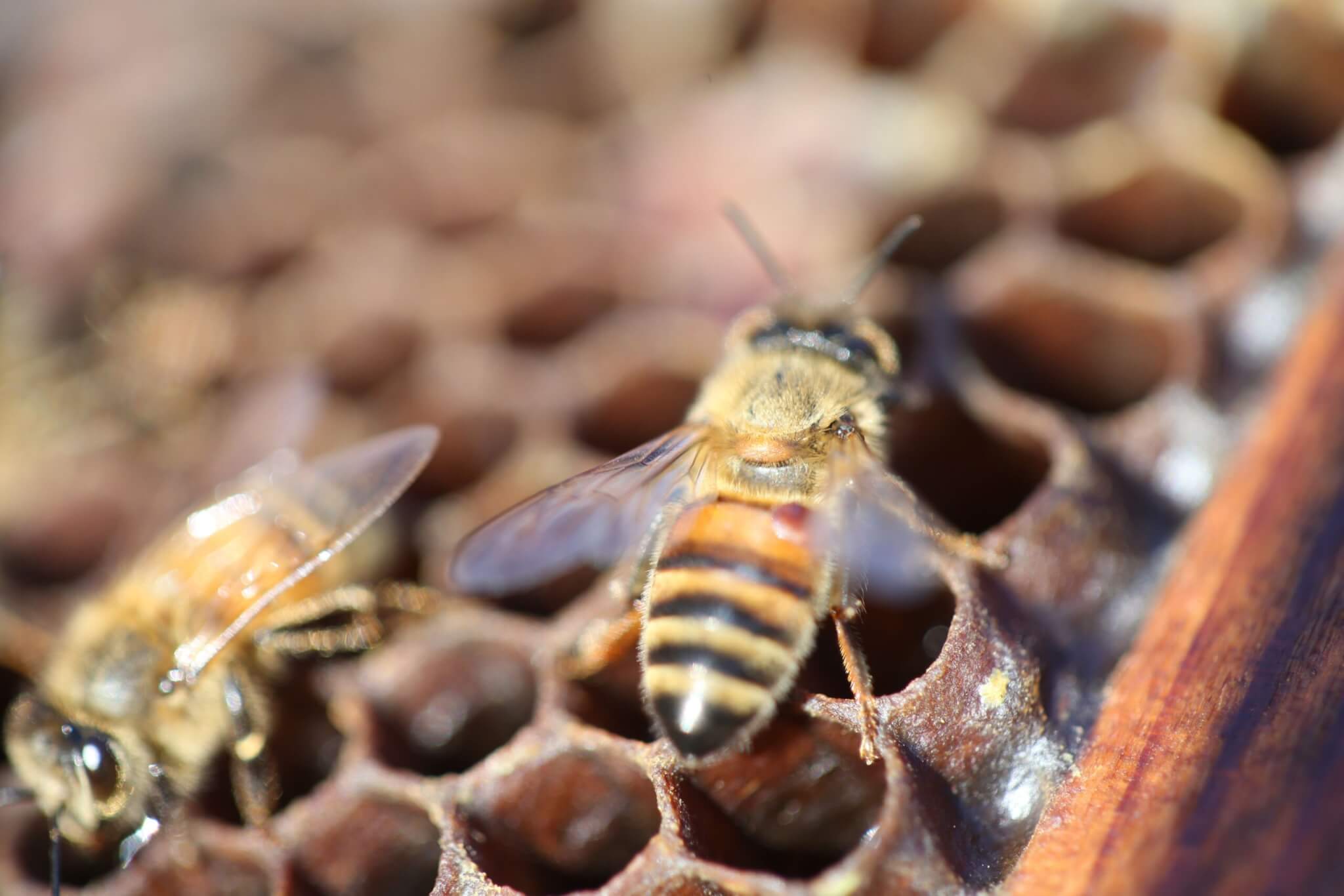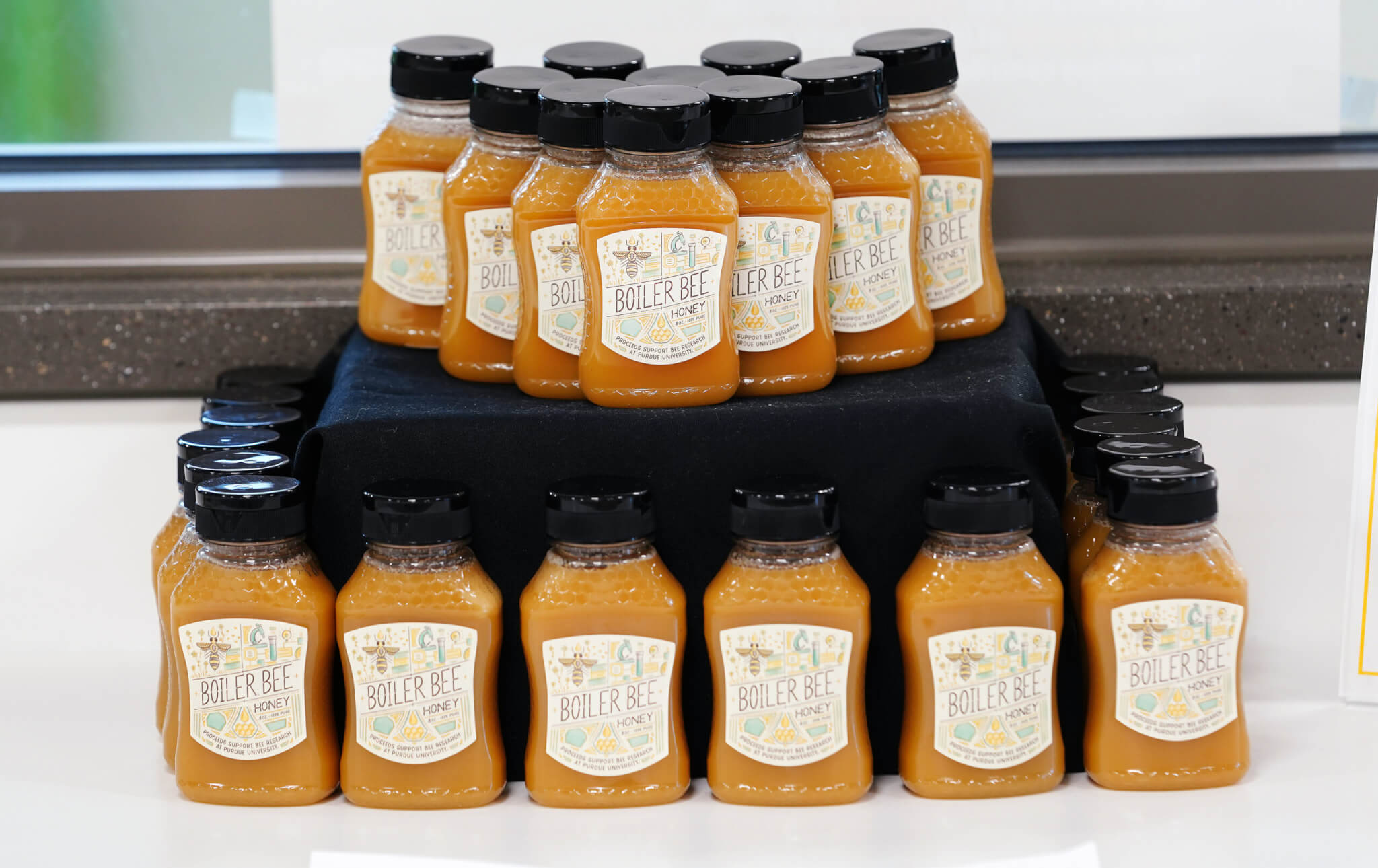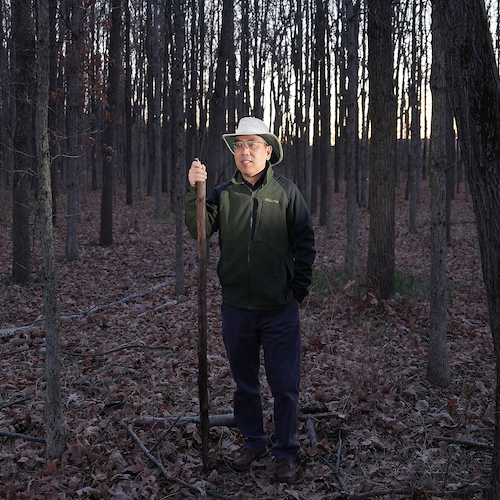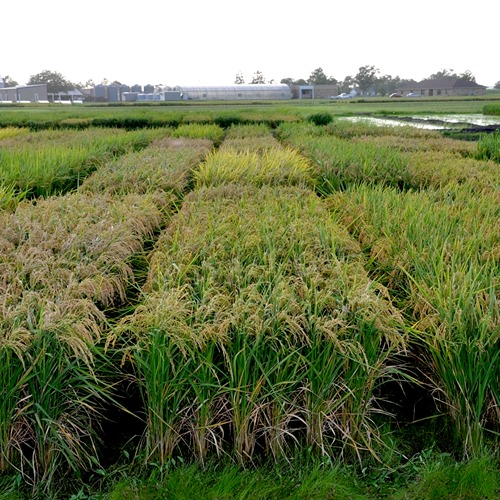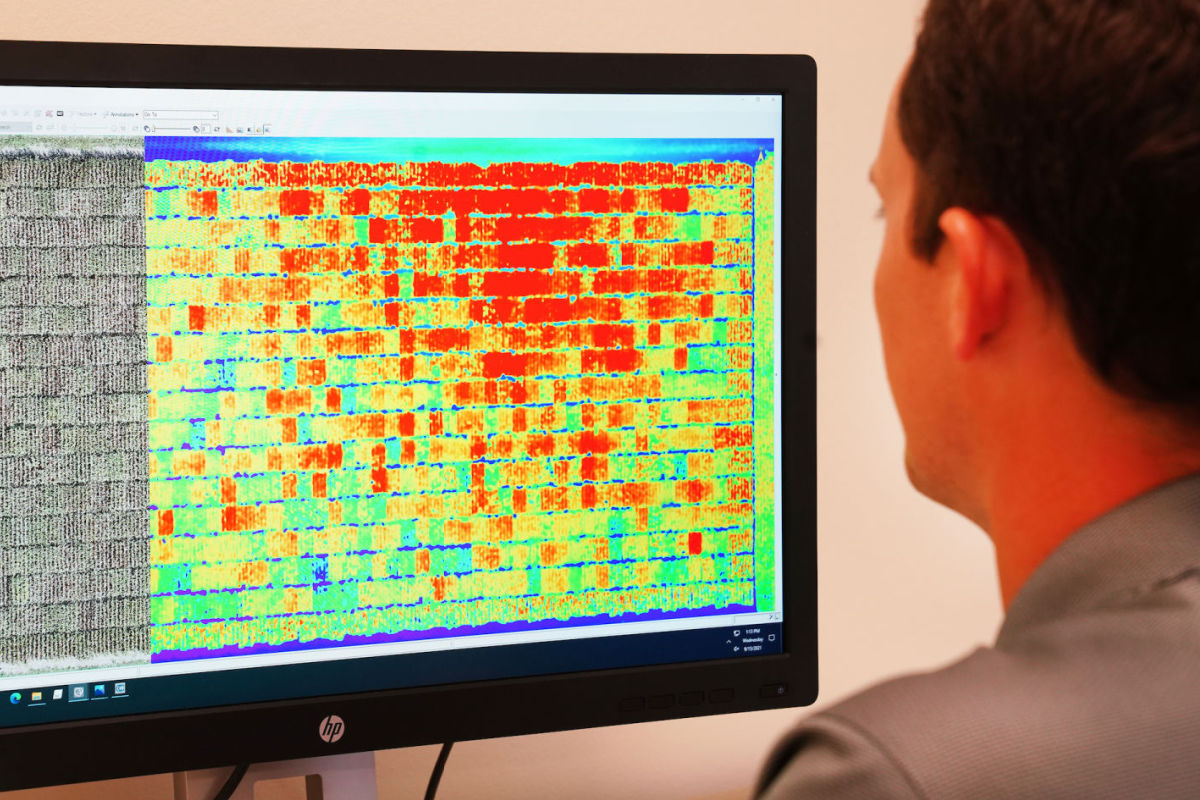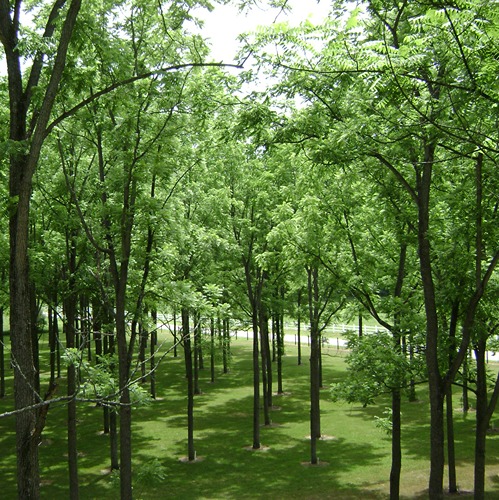“The fact that we were able to put out a batch of Boiler Bee Honey this year really compliments Purdue’s message as students return to campus: We’re here and we want to keep going,” Alyson McGovern said.
McGovern is a junior in food science and the student lead on Boiler Bee Honey, a collaborative project between her department and entomology to sell honey produced and processed at Purdue. The honey is harvested from the Purdue apiary and treated and bottled at the Pilot Plant. The proceeds from sales are then funneled back into the entomology and food science departments’ in order to cover production costs and fund bee research.
The first batch of honey, bottled earlier this year, received such rave reviews the team knew a second batch was imminent--and that they would need to make more.
“This year we really tried to improve the quality of the product by how we process it, which I think we did. It will taste different because no two batches are the same,” McGovern explained. “This year’s has a sweeter taste because the bees were fed on wildflowers and clovers.”
The team produced 4,000 bottles, plus 50 one-gallon jugs and several 30-gallon drums, almost double their previous inventory. The honey can be purchased at the Boilermaker Butcher Block and local businesses are using it in a variety of products from beer to marinades.
Erik Kurdelak, pilot plant manager, hopes the project continues indefinitely. “We had great demand for our product last year. I want Boiler Bee Honey to become like other annual, campus events, like homecoming. I want people years down the line to say, ‘Remember the Boiler Bee Honey batch of 2020?’”
When students left campus last March, McGovern said no one knew whether or not honey production would happen this fall. The team managing to pull it off is a testament to our passion and desire to feel part of something larger than themselves, McGovern reflected.
“We did it,” she continued. “We put out a high quality product, all while using full PPE and completely new operating procedures. It really shows the value of giving students something to be a part of at this time.”
